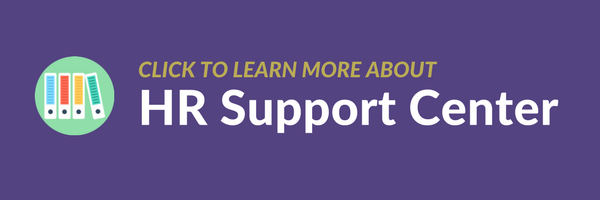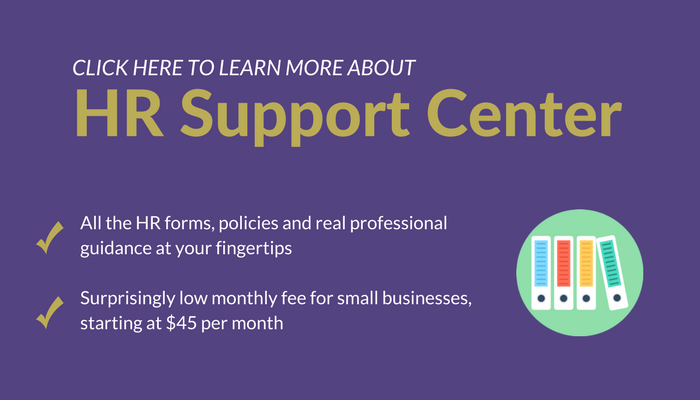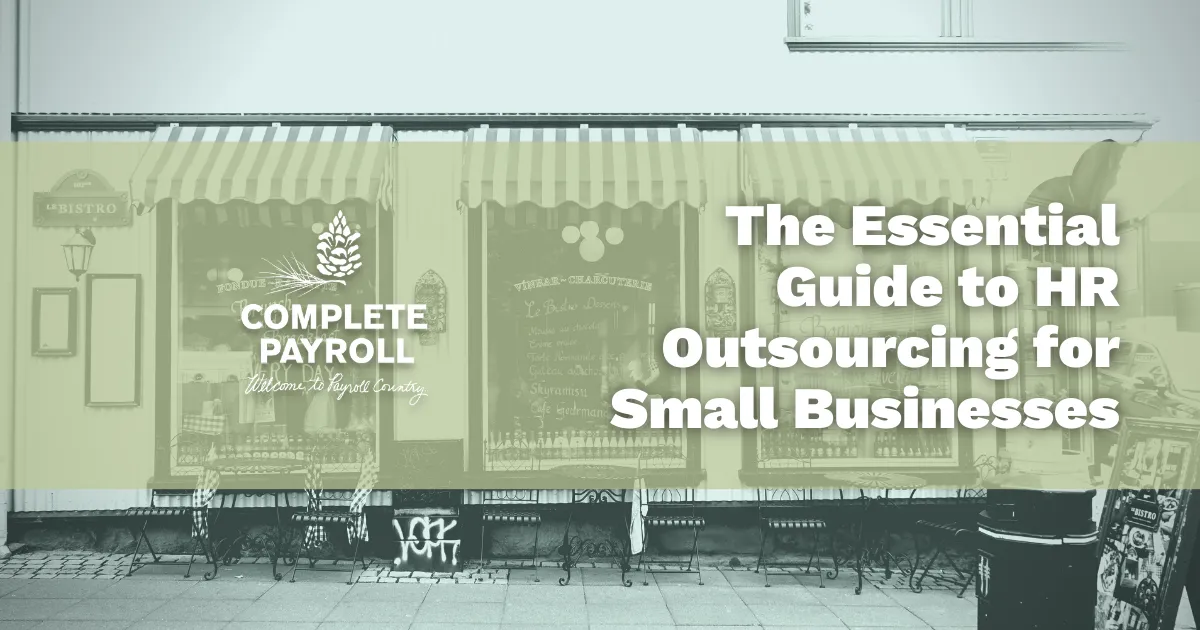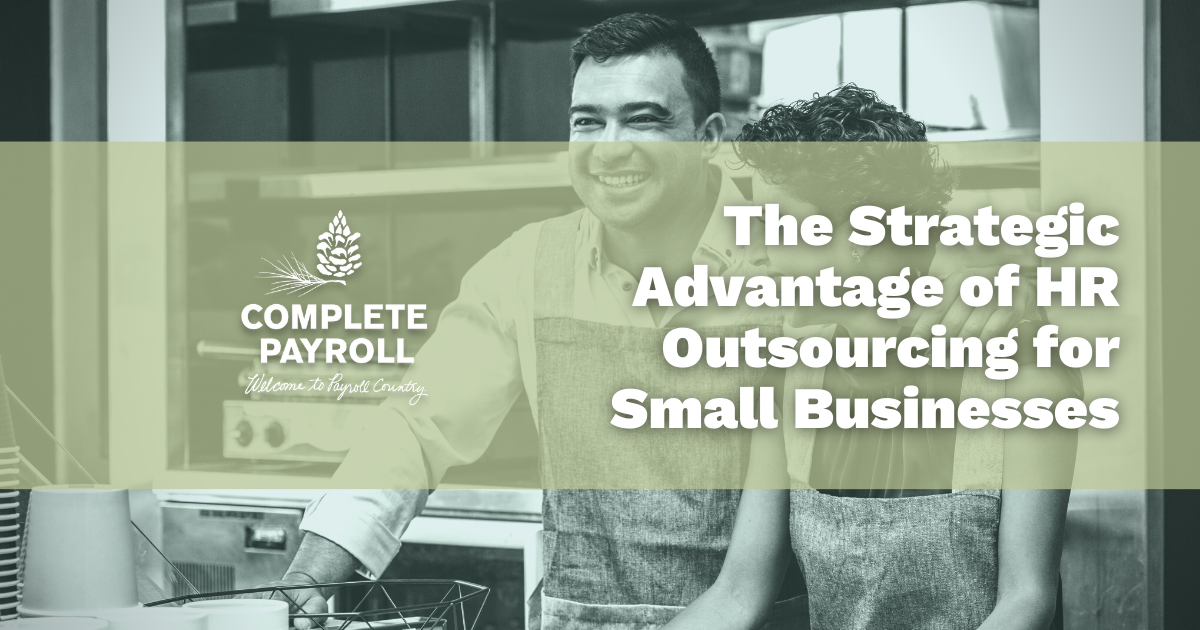.webp?width=600&height=400&name=Preventing%20sexual%20harassment%20in%20the%20workplace_11zon%20(1).webp)
Last year, nearly 27,000 charges of sexual harassment were filed with the Equal Employment Opportunity Commission (EEOC). This number doesn’t include charges filed with state and local agencies or situations where employees went directly to an attorney, and many employees who are victims of sexual harassment or are affected by it never report the incidents at all.
How harassment can persist
Victims and witnesses of harassment often refrain from reporting because the harasser has the power to retaliate or because the organization has not set up adequate channels for reporting. In other cases, victims report the harassment, but nothing is done about it. The harassment is excused, and the complaints are rebuffed. Word gets around that the organization tolerates harassment, and people cease reporting it internally. They either keep quiet, file charges with a governmental agency, or seek out an attorney.
None of these outcomes is good for employers or for the people they employ. If litigation ensues, harassment can cost employers hundreds of thousands of dollars—millions even, if harassment is pervasive in the company culture. And when harassment continues unabated, victims suffer physically and psychologically, and often see their careers stifled.
What employers can do
Needless to say, the workplace should be a safe and secure place, and it’s the employer’s responsibility to make it that way. No one can prevent all harassment from happening, but employers can and should do everything in their power to prevent harassment and appropriately respond when it occurs. Training employees on what constitutes harassment and how to respond to it is a good and necessary first step, but employers also need to establish multiple options for reporting, investigate allegations promptly and thoroughly, and take appropriate steps to discipline violators.
The EEOC recommends these additional preventive measures:
- Make an organizational commitment to diversity, inclusion, and respect—and establish policies and procedures to hold people accountable to that commitment.
- Empower those who are responsible for responding to allegations of harassment and preventing harassment from occurring.
- Establish a sense of urgency and seriousness about prevention by spending appropriate amounts of time and money on training or other prevention and response activities.
- Survey employees on whether they’re currently being harassed or know of harassment taking place.
- Avoid rewarding managers for minimum complaints on their team, as doing so could incentivize the suppression of reporting.
- Protect people from retaliation.
- Assess risk factors.
- Assess preventative measures already in place to ensure they are effective.
- Clarify what behavior is prohibited.
- Use discipline proportional to the offense (sexual assault and an offhand remark shouldn’t necessarily have the same consequence).
For any of these measures to work, employees need to know that if they report harassment, their report will be taken seriously, they’ll be protected from retaliation, and the harassment will stop. In short, they need to trust their employer. Consequently, anything an employer does to foster distrust will make anti-harassment measures much less effective. When it comes to preventing harassment, employers cannot say one thing and do another. Honesty and accountability are key. Trust can take time to build, but it can be lost in a moment.
If you're looking for more information about employee issues and internal policy making, learn more about our HR Support Center - a subscription-based HR service that's ideal for small businesses and one-person HR departments.
















-1.webp?width=600&height=400&name=Preventing%20sexual%20harassment%20in%20the%20workplace_11zon%20(1)-1.webp)





